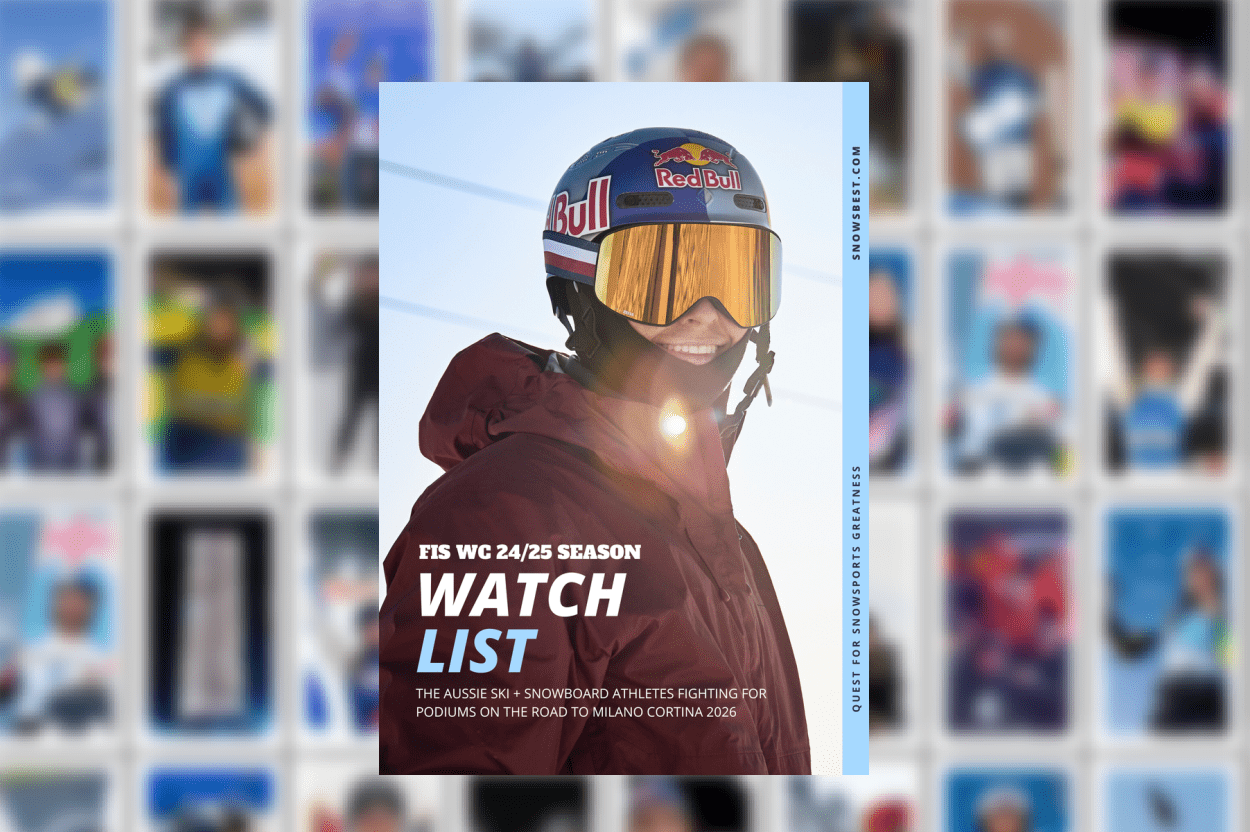The northern hemisphere ski season has been an epic one with record snow falls in Europe and Japan and enough powder pics on our social feeds in North America to make us Aussies green.
But all that snow came with its own challenges and you may have read over the season that America had one of its worst avalanche fatality seasons in many years, with 15 fatalities in the first week of February alone. Colorado, meanwhile, were close to surpassing their most deadly avalanche season in 100 years.
Locations in Canada and Europe also had some serious avalanche issues with Verbier in Switzerland losing seven skiers and boarders to avalanches in three days in January.
Whether it’s increasingly bigger storms and wild swings in temperatures as a result of climate change, or the increased number of skiers and boarders venturing into the backcountry, or a combination of both. The glaring fact is that anyone heading out of the resorts into uncontrolled avalanche terrain needs to have avalanche skills training.
There are plenty of good reasons to do an avalanche awareness course, staying alive is one of them. The pleas by avalanche forecasters and search and rescue groups in North America to take extra caution is another as the continued toll rises despite all the publicity.
There is no place for a “she’ll be right” attitude when your decisions can impact so many other people. Experience is what you get after you needed it.
Most of Victoria never even had a snow season last winter, and a lot of people with a planned snow holiday in New South Wales didn’t get the resort lift passes they wanted or couldn’t travel to the snow due to a Covid lockdown. Combine that with the fact that no one is getting their Northern Hemisphere fix at the moment, and the result is huge pent-up demand for anything snow this coming winter.
We’ll be flocking to the mountains in our thousands this upcoming season and, Covid permitting, large numbers of Australians will be charging overseas in the 21/22 northern winter. We are a nation of travellers and make up big numbers of those heading outside the resort boundaries for their adventures in Japan, Europe and North America.
No longer the ill-prepared and uneducated, Aussies in the most part have woken up to the dangers and the skill set required to not only stay safe in the backcountry but also earn the respect of their peers.
Although Australia has a growing backcountry community we do not have a high number of avalanche-related incidents with 8 deaths in the last 10 years (and several near misses). However with increasing numbers of backcountry users seeking out steeper terrain and a trend towards less frequent but larger storms, there is more than enough reason to take the dangers here in Australia seriously.
Why is a Japanese snowpack generally safer than one in Colorado? What do I need to understand about the Australian snowpack and backcountry conditions to stay safe? Where do I find the right information and how do I interpret it? If the worst scenario happens and I have to perform a rescue do I have the right equipment with me and know how to use it?
The best way to understand how and why is to do an AST course.
These courses are not just about avalanches. A well-run and accredited course will change your understanding of the mountains in winter in so many ways that cannot be achieved in any other forum. A day in the classroom and then a day in the field with a qualified instructor is always going to be a stimulating and rewarding couple of days.
An avalanche course should also bring you up to date on equipment, etiquette, safety protocols, and resources for finding out all the information you need to Know Before You Go.
Unfortunately even in today’s world of social media the message does not always get out there, or it is taken too lightly. It takes time and experience to interpret the available information and to keep making good decisions. One of the real positives of doing an AST course is that you will come away speaking the same language and be able to join in on the conversation and get involved in the decision-making.
More and more of us are keen to get away from the snow resorts to the serene beauty of the backcountry. Whether it’s touring from a trailhead or using a lift to go out a resort gate to a ‘sidecountry’ run, these untracked zones are nirvana to a frothing rider, but the dangers are not to be ignored, as demonstrated by the deadly avalanche season just experienced in North America.
Take advantage of the resources now available in Australia in the form of AST 1 courses so you are ready to tour into the backcountry when the opportunity arises. You’ll meet like-minded people, learn to mitigate risk and live to ski/ride another day.

































